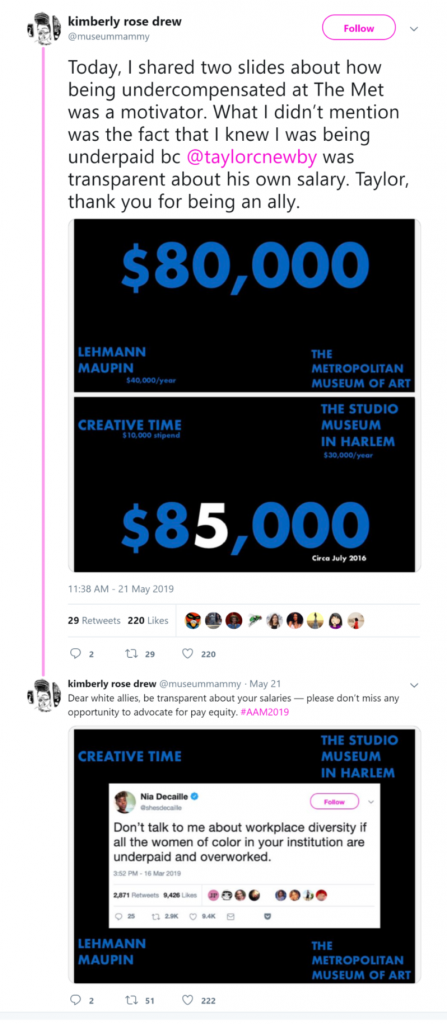In conducting my thesis research, I recently came across a quote that really stood out to me and that I think museum professionals can agree on:
“The most promising innovations in museums’ relationships with communities are coming not from the largest, oldest, and best-funded institutions, but rather from institutions once viewed as marginal.” (From “Audience, Ownership, and Authority” in Museums and Communities: The Politics of Public Cultures, edited by Ivan Karp and Christine Mullen Kreamer).
Why is it that some of the most striking, relevant exhibitions come from museums operating on a much smaller scale than say, the Metropolitan or the Museum of Fine Arts, Boston? That is not to say that larger institutions are not relevant to their communities, but in my experience, smaller museums seem to be a better platform for fostering interpersonal connections and serving the needs of their immediate audiences.
In reading this quote, a few examples of smaller community museums that appear to offer “the most promising innovations” immediately came to mind, including the Currier Museum of Art in Manchester, New Hampshire and the Wing Luke Museum in Seattle, Washington.
For instance, the Currier Museum is a resonant example of a museum actively engaging with its community by creating outreach programs that reflects its visitors’ needs. Its mission statement clearly supports this idea- “Focused on Art, Centered in Community, Committed to Inspire.” The Currier also curates exhibitions that directly respond to its community, such as the Visual Dispatches from Vietnam War exhibition that involved Manchester’s close-knit veteran community. More relevant, however, is the museum’s current work reflecting on one of the worst epidemics the United States is currently experiencing. Manchester, the largest city in New Hampshire, is unfortunately at the heart of the opioid crisis. In response to this, the Currier has created a program that invites family members of individuals struggling with an addiction to come to the museum and create art in a safe space. This is a beautiful example of a museum “reinventing” themselves to become relevant to their own community, proving that relevance is often more important than even the museum’s collection.
The Currier’s work in successfully engaging with its community reminds me of the transformation that the Wing Luke Museum in Seattle recently experienced. As a result of Director Ron Chew’s decision to create a “community-response” exhibition platform, that is an exhibition “that speaks to the issues happening here and now, and that reach and echo far beyond the museum’s space,” the Wing Luke Asian Museum experienced a spike in museum attendance, fundraised millions of dollars, and ultimately established a “mutually beneficial relationship” within its community.[1] I am impressed with museums such as the Currier and Wing Luke Asian that have taken the (sometimes scary) initiative to amend and improve their relationship with their community, by inviting more voices and perspectives to be heard and recognized.
What are your thoughts? Does the size and budget of an institution matter when it comes to producing relevant exhibitions? Do any other examples come to mind? Please share your thoughts in the comments below and keep the conversation going!
[1] Ron Chew, “Five Keys to
Growing a Healthy Community-connected Museum,” 6.





